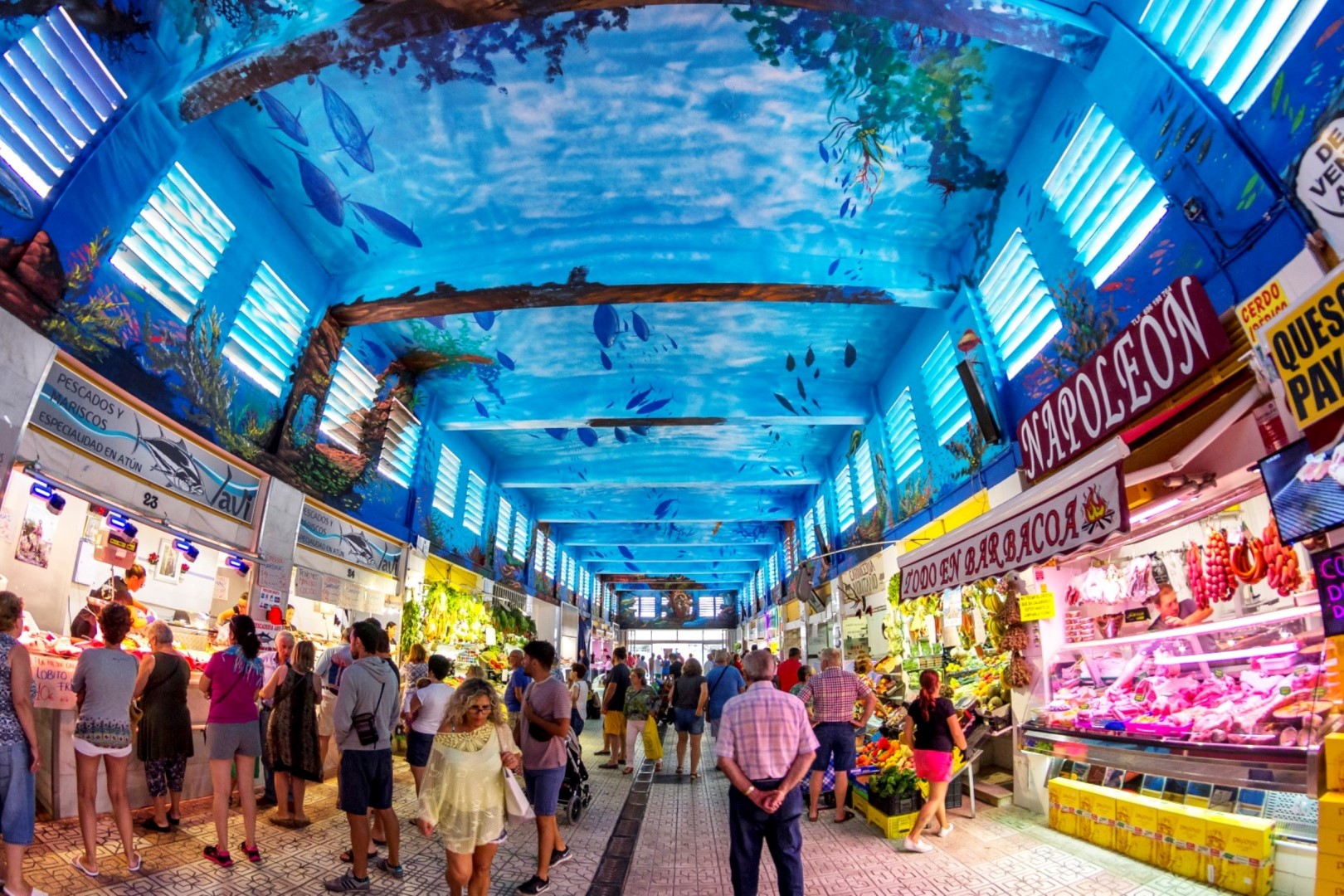Gira tu dispositivo para una experiencia óptima
Gira tu dispositivo para una experiencia óptima

3 días

Fiesta

Cultura

Cádiz auténtica
Enter your email address and in a few seconds you will have the experience on your mobile so you can see it whenever you want.
We have emailed you the experience; enjoy Cadiz like never before.
Don't you get your experience?
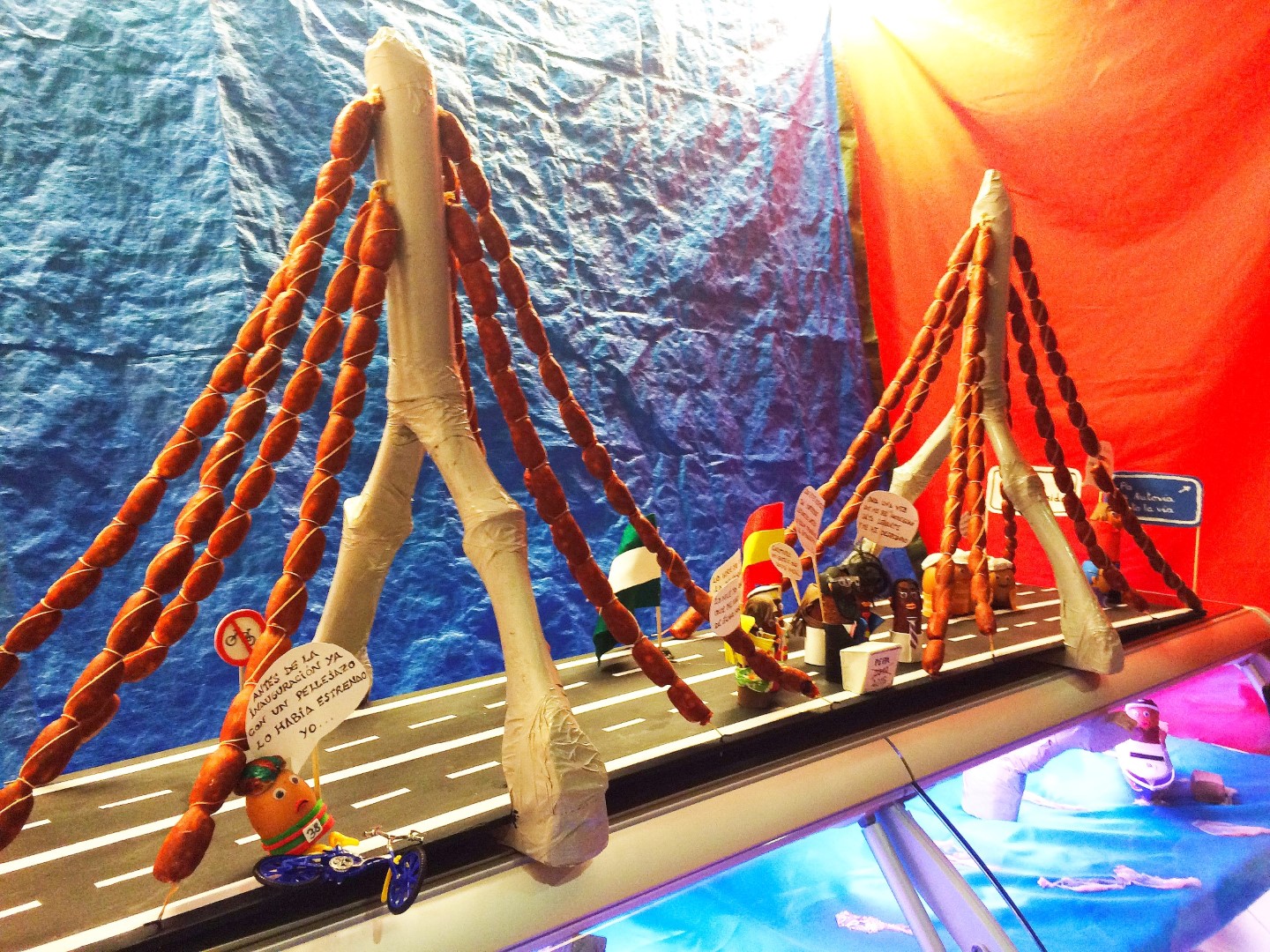
The people of the province of Cadiz celebrate the festivity of All Saints and All Souls with a unique passion. Emigrants return to their home towns to visit the tombs of their loved ones and reunite with the living, which is always a reason for celebration. And although it's true that imported traditions have made quite a mark, they haven't displaced the local ones. Quite the opposite, they now form part of what was already there, giving yet more colour and feeling to what have always been very special days for the people of the province.
So, this time round, we invite you to write Cadiz in your list of places to see the next public holiday of 1 November. You're guaranteed fun, tradition, history, gastronomy, culture and many other experiences that you can only live and feel at this time of year, the time of Los Tosantos.
Bear in mind that there are a lot of other options: Rota, Vejer, Torre Alháquime, Los Barrios, Castellar de la Frontera, Arcos de la Frontera... However, the journey we propose starts in the capital, the city of Cadiz. So, let's get started...
On the Monday before the festivity of All Saints, the markets stalls of Cadiz dress up in what is, well, a rather peculiar get up. The droll, ironic spirit of the locals goes overboard with images made up of compositions where the stars are the products sold at the stalls. Bream, mullet, bananas, courgettes and crabs stop being what they are for a while and become vibrant images of women sunbathing on the beach of La Caleta or members of the municipal corporation, to give just a couple of examples. Social criticism and allusions to current affairs are common themes.
So, to respect tradition, we'd suggest you go to the central market of Cadiz (19th century), since that was where it all started. And while you're there, visit the market's gastronomic space.
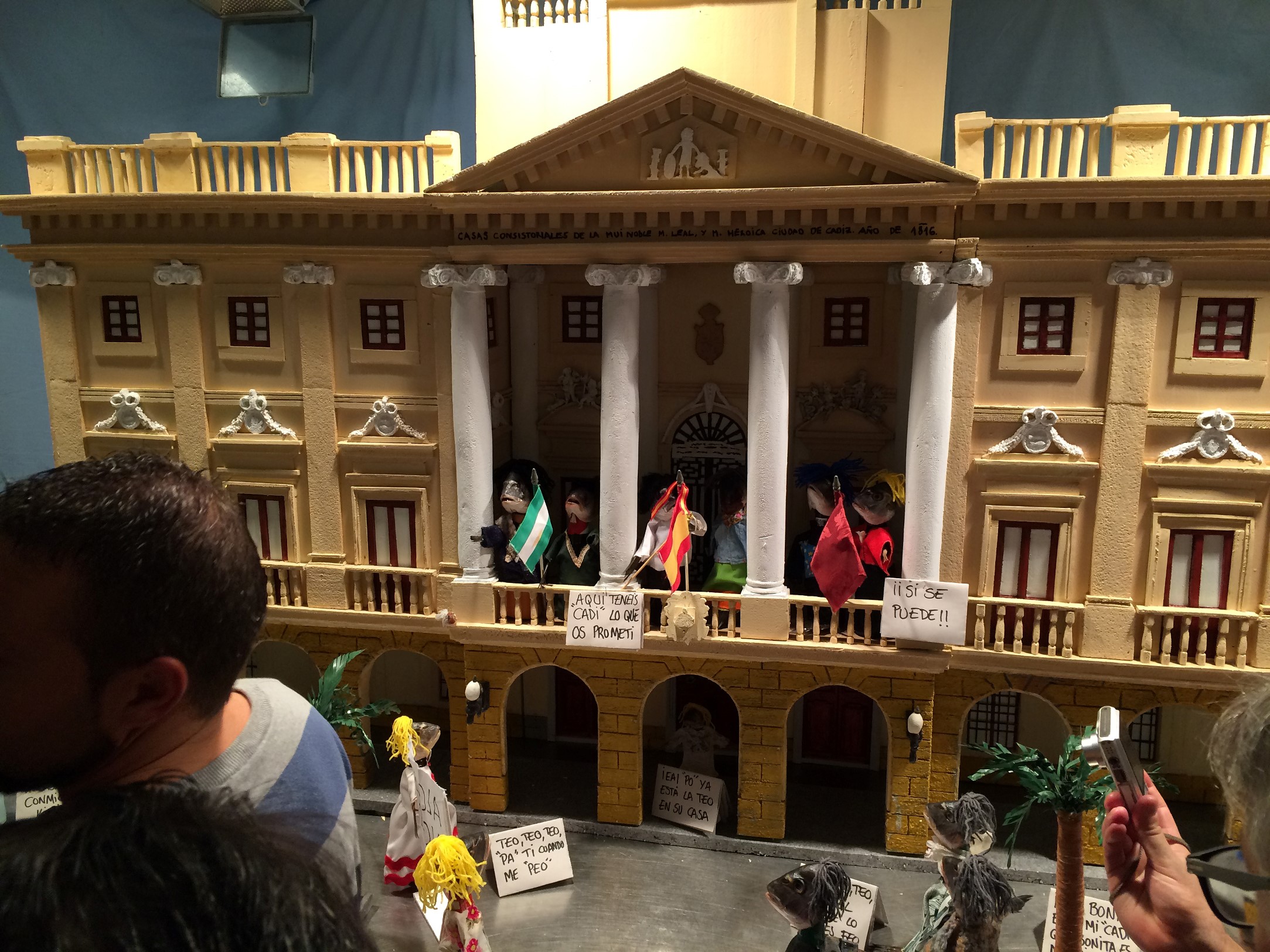
Inserta aquí una nueva sección
Now we're off to San Fernando. We suggest you stop off at the municipal cemetery of San and show your respects to the grave of one of the universal icons of flamenco. The remains of the great singer-songwriter José Monje Cruz, Camarón de La Isla, rest here. His mausoleum is a real work of art that is always surrounded by fresh flowers left by his admirers. This simple cemetery is also the resting place of Chato de La Isla and the journalist Pepe Oneto, along with a pantheon containing the remains of members of the Spanish Armada who died in battle (map of the cemetery of San Fernando.
http://www.sanfernando.es/includetramites/eSanFernando/fckeditor/ficheros/INFOCEMENTERIO2012HOR%20copia.jpg )
Since you're nearby, stop off at La Artesana bakery (Avenida Reyes Católicos) and buy some huesos de santo (saint's bones marzipan) or buñuelos (small filled doughnuts), which are typical pastries for this time of year. You can walk there so there's no need to get the car.
Another very interesting thing to do now that you're immersed in the funerary traditions of the area is visit the Pantheon of Famous Mariners (Avda. Almirante Baturone). Its value lies in the beauty of its construction and the persons buried inside. Private visits can be arranged for Saturday mornings (reserve at [email protected])
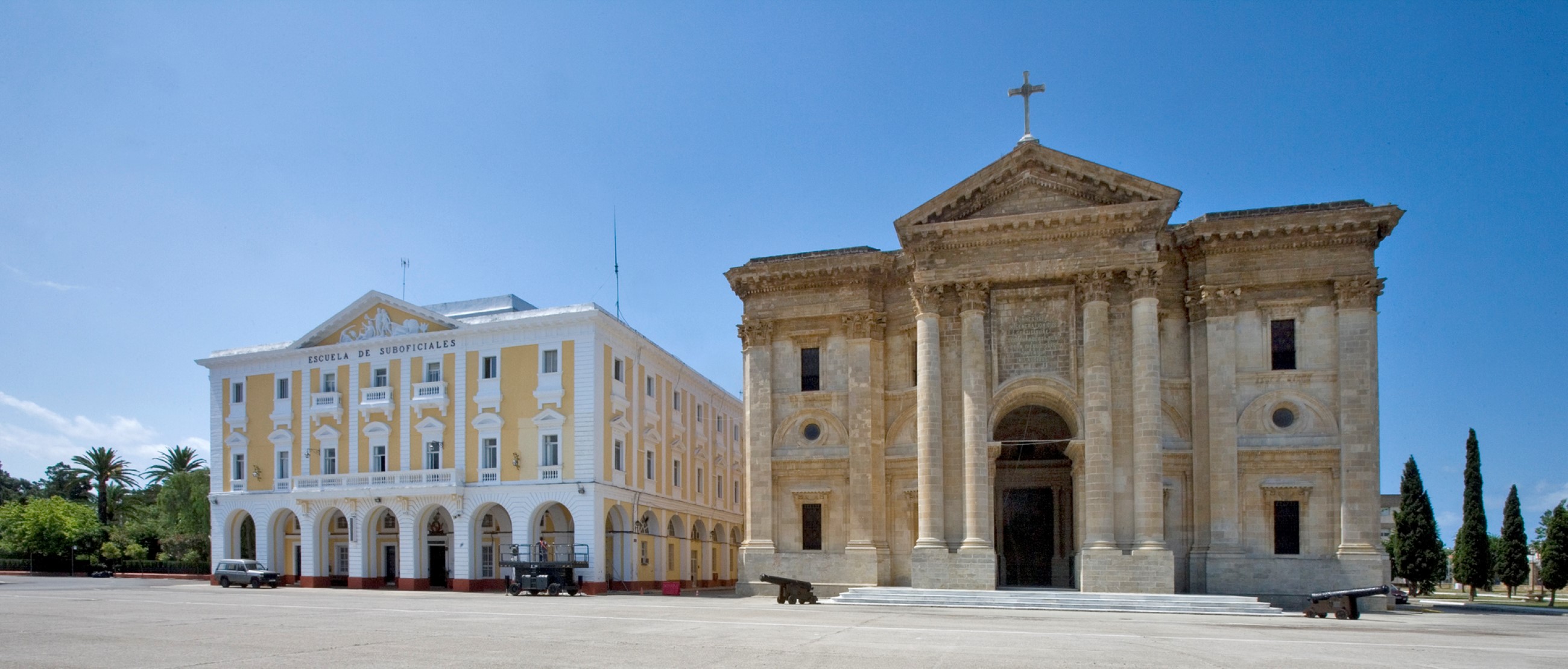
Back to the car. Now we're off to the joint cemetery of the Bahía. It received prizes in 2018 for being the best cemetery and monument in Spain, awarded by a specialist magazine of the funerary industry. The reasons why are obvious as soon as you arrive. You could even do an architectural route (https://www.cemabasa.com/es/ruta-monumental) that will guide you around some beautiful pantheons and monuments dedicated to illustrious local figures, such as the mayors of Cadiz, the writer Fernando Quiñones, and the singer-songwriters La Perla de Cádiz and Pericón de Cádiz.
Once you've completed the visit, it's time to head off to Barbate. If you haven't had lunch yet, you can stop off at Venta Pinto. The restaurant is very well-known round here for its dishes, such as lomo en manteca (pork shoulder in lard), although there's a lot more on the menu. By the way, it's the season of chestnuts and mushrooms, so you may find typical dishes made with these ingredients (stews, desserts, sauces, etc.). Take a good look at the menu and don't let the opportunity pass you by...
And onwards. In the evening of 31 October, Barbate has a lot of activities organised to celebrate All Saints. A crafts market is held in the old town quarter, where you can find anything. And for some years now, the town has organised street theatres for the kids and a House of the Dead where you can just die of fright.
The beachside promenade has some very good restaurants. Well worth the effort just to see the horizon from the beach of Carmen, nestling between the waters of the Atlantic and the River Barbate.
See route Google Maps
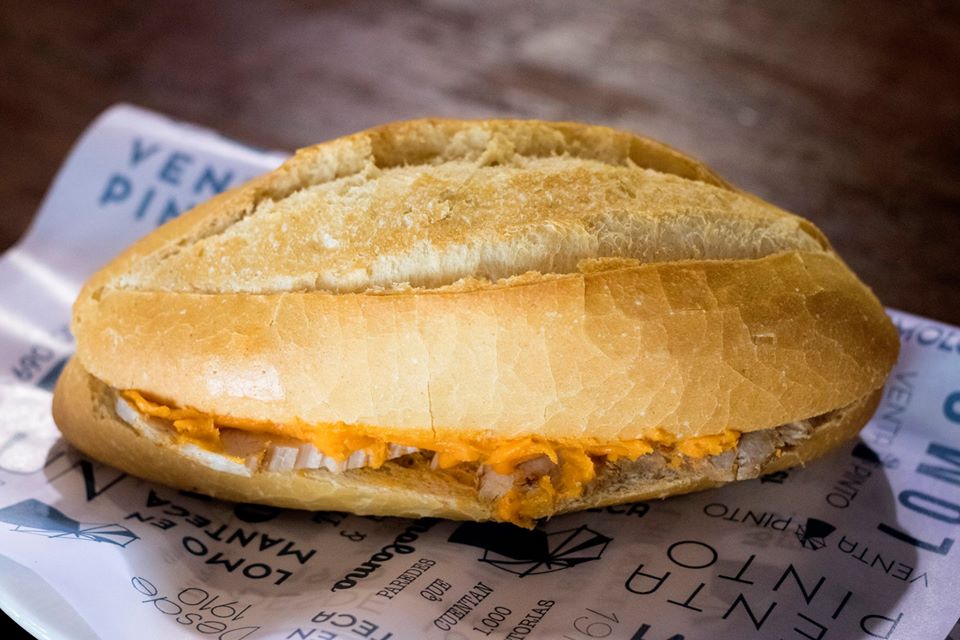
Today our tour of the folklore of Cadiz takes us to the region of Campo de Gibraltar, a land of contrasts and mixed cultures. The first stop of the day is the equestrian centre Rutas a Caballo Tarifa (reserve at least one day before, tel. 607860497). This is your chance to do a tour on horseback of the natural park of the Straits, passing by the Necropolis of Los Algarbes. This is one of the most important archaeological sites of the province. There are several dozen prehistoric burials excavated into the rock at different heights. The complex dates back to the Bronze Age, although it was in continuous use up to the mid 1950s (the enclosure is fenced off, you need to ask for permission from the Tarifa town hall to enter).
Your equestrian tour continues through pine and eucalyptus groves to a point where you can enjoy some impressive views of the park, the dune of Valdevaqueros, the Straits of Gibraltar and the African continent in the distance. If for whatever reason you prefer to do the complete route on foot, it'll take you about three hours. It's practically circular so there's no need to return on the same track.
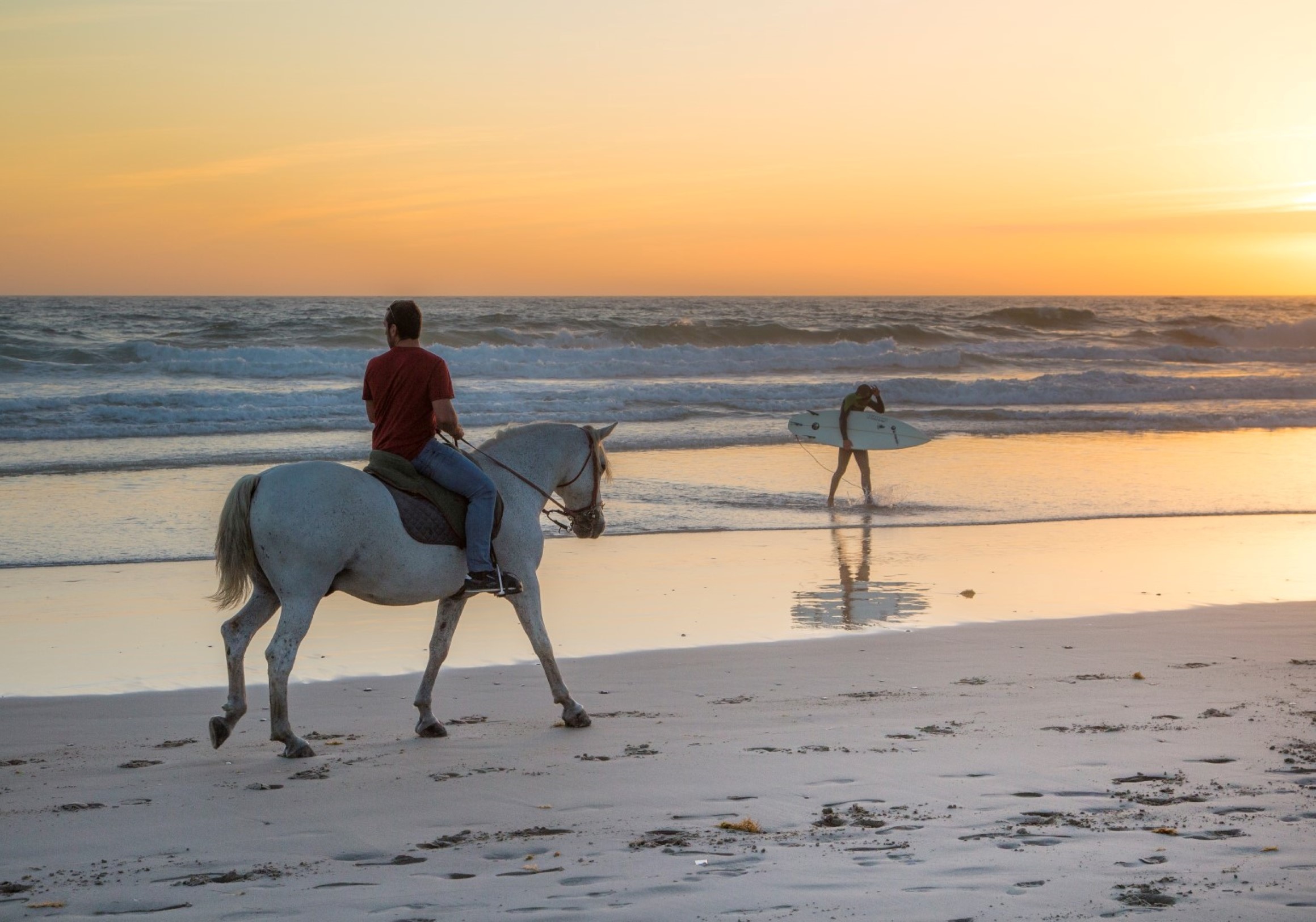
After a good lunch at one of the restaurants in the area, it's time to go to the city. The tradition at the central market is put on an All Saints market that sells hand made products. By the way, talking of pastries, don't leave Tarifa without trying the cajillas, a local dessert made of almonds and other ingredients, typical at Christmas and which are already on sale at this time.
Now take the car and set off for Algeciras. The Ingeniero Torroja market (called La Plaza by the local residents) is celebrating one of its big days of they year. Built in 1935, the avant garde architecture of the market is regarded as one of the great achievements of 20th century Spanish architecture. On 31 October, it's open till early the next day and is full of people who, like every year, come here to buy seasonal products and enjoy the activities that are organised for this very special festival. Events include live music on a stage set up in the plaza for that purpose.
You can find accommodation on offer at the tourist website of the region of Campo de Gibraltar
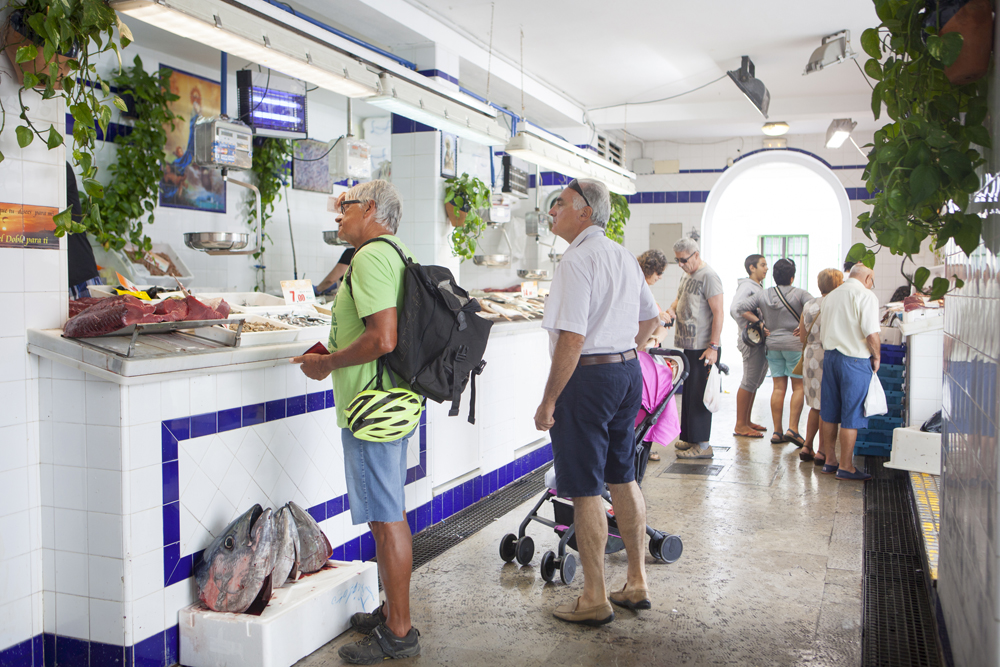
On the last day of our journey we're going to see the natural parks and three regions of the province of Cadiz. At first sight it looks like a lot, but relax, we've got it all planned. Drive down the A-381 and follow the signs to Benalup-Casas Viejas. In this town in the Janda region you'll find the Cádiz Prehistórico interpretation centre. We're going to pay it a visit as it's once of the best places in the area to get an idea of the multitude of prehistoric archaeological sites you can find here. Many of them are necropolises, much like the one you saw yesterday in Tarifa. The interpretation centre has an entire room given over to the burial customs of the local ancestors, which have been researched in depth thanks to the many sites found. There are four routes from the centre that cover the prehistory of Cadiz and that will take you all around the region. https://www.centroprehistoricobenalup.com/rutas.html Perhaps you'd like to note down the details for another occasion.
Near where we are now you can find the Obrador Nuestra Señora del Socorro (paseo de la Janda, less than five minutes walk). It's a good time to sit down at this terrace bar for a good breakfast and try one of their traditional pastries that uses the pine nuts of Benalup as an ingredient.
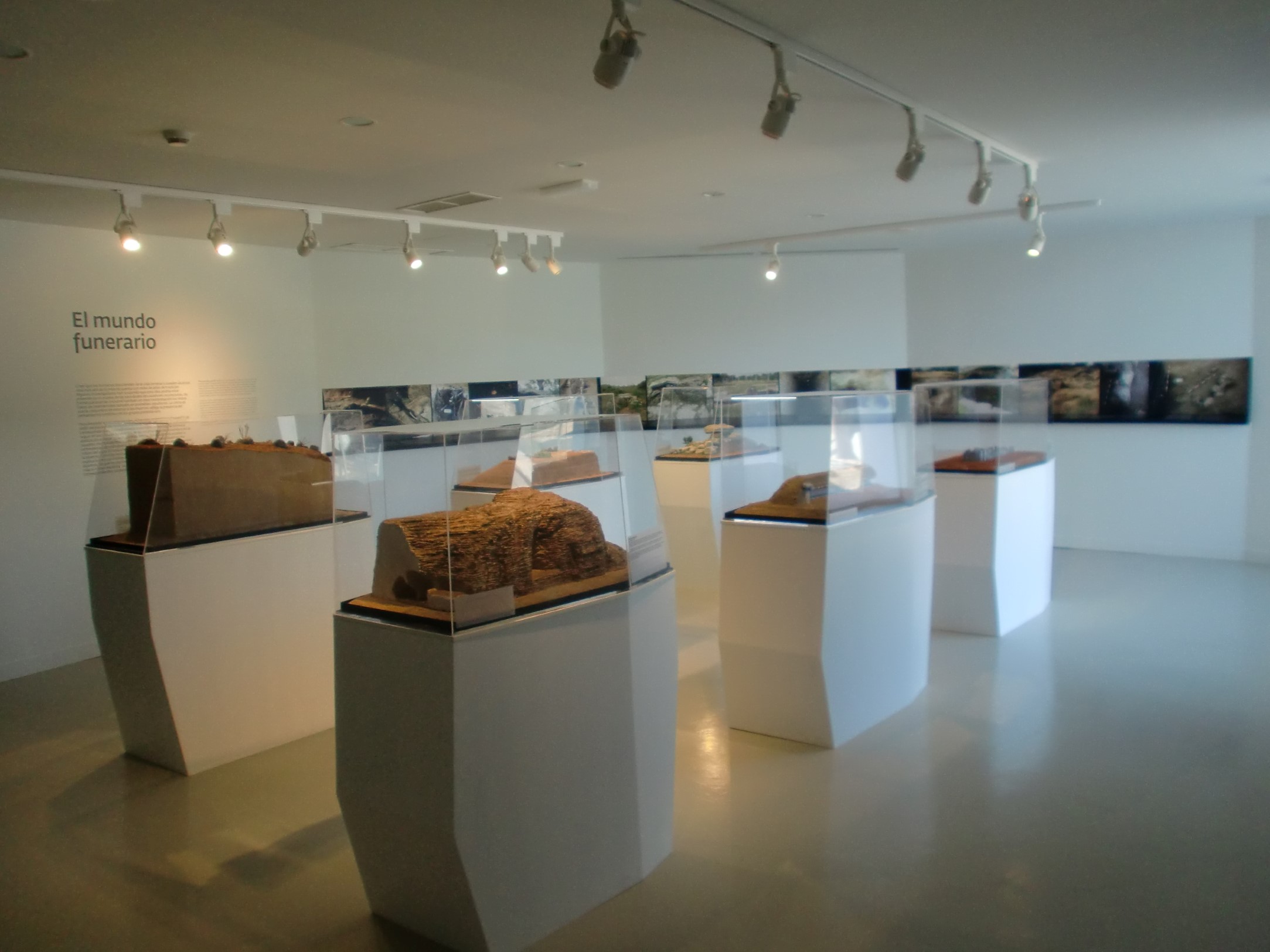
From La Janda to the mountains. We're off to Villaluenga del Rosario, but before you go, stop off at Ubrique. It's on the way and there you can buy borrachuelos and gañotes, two typical sweets of the area that are sold at this time.
Visit the cemetery at Villaluenga, one of the most beautiful in Spain according to experts on the subject. The ruins of the old church of El Salvador (18th century) can be seen there. The church was destroyed by French troops during the Peninsular War. After this visit, we'd recommend having lunch at Los Llanos restaurant. The menu includes cheeses made with milk from Payoya goats and Grazalema sheep, which are two local breeds, along with other seasonal products.
We're sure you'd love to have a siesta, so if you're worn out, stay at Villaluenga, and take an evening walk in this delightful village and buy a souvenir or two. The hotel La Posada offers overnight stays.
However, we'd propose one last effort and a quick drive to Olvera. The parish cemetery is inside the walls of the Castle (12th c.). It was awarded the prize of Best Cemetery in 2019. From there you can admire the landscape of the entire region (that's why the castle is where it is). It goes without saying that the visit to the cemetery is nothing more than a good excuse to take a walk in this marvellous village. To stay the night, this website offers a range of local hotels and accommodation: http://turismolvera.com/es/olvera/donde-dormir/.
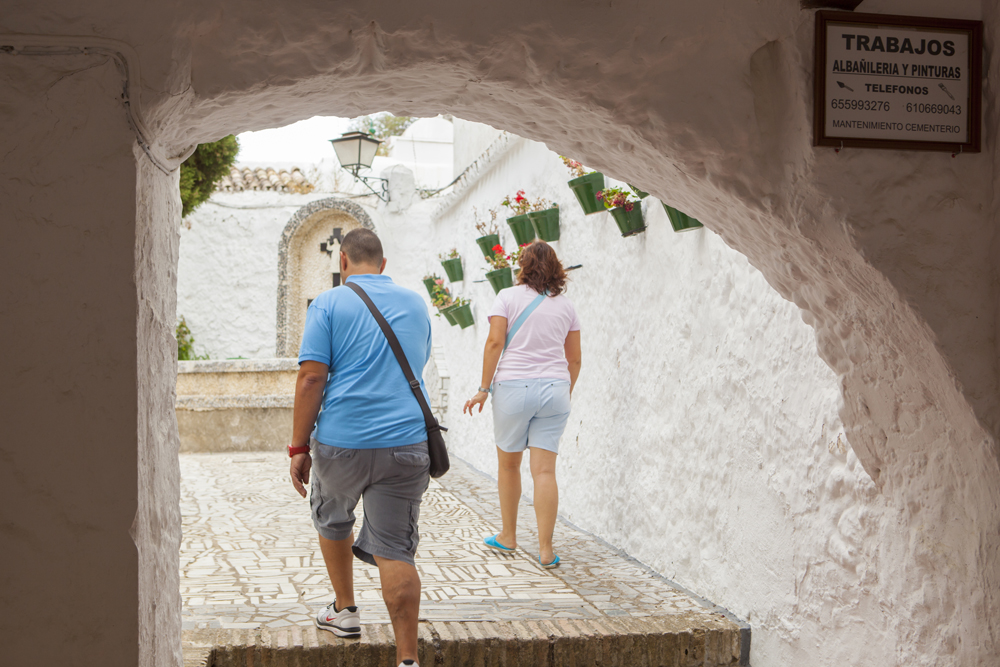
| Kilometres: 368 |
| Estimated driving time: 6 hours |
| Recommended number of days: 3 |
| Attractions: Culture, festivals, archaeology, gastronomy |
| See route in map: Google Maps |
